Freshwater lakes are among the most magnificent natural features on Earth. They stretch across continents, supporting diverse ecosystems and hosting unique wildlife. Each lake has its own charm, from immense surface areas to remarkable depths. The largest of these lakes hold incredible volumes of water, often becoming vital lifelines for surrounding habitats. Here’s a closer look at some of the world’s largest freshwater lakes, each with its own impressive size, depth, and ecological wonders.
Lake Superior
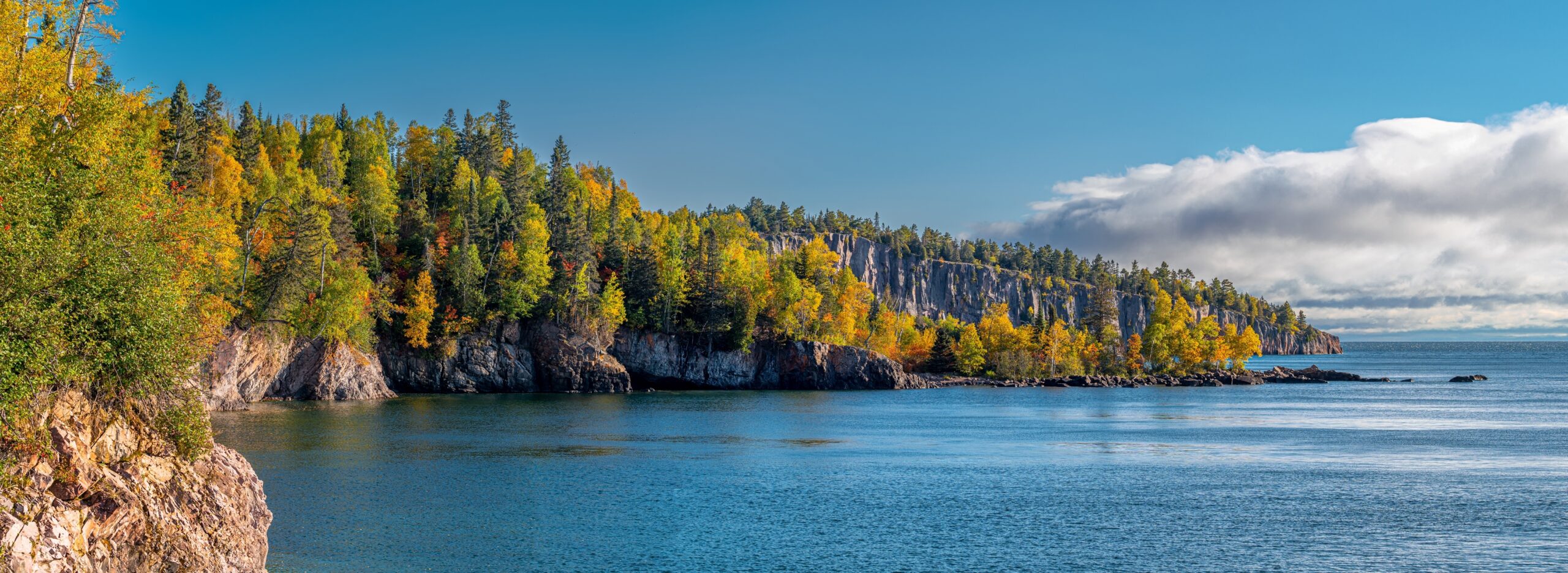
Lake Superior is the largest freshwater lake by surface area in the world, spanning a vast 31,700 square miles. Located in North America, it borders Canada and the United States, sitting between Ontario, Minnesota, Wisconsin, and Michigan. The lake reaches a maximum depth of 1,333 feet, holding over 2,900 cubic miles of water, making it one of the deepest on the continent. The cold waters support unique species such as lake trout, whitefish, and the rare freshwater species known as cisco. Lake Superior’s rocky shores and clear waters make it an iconic natural landmark, attracting millions of visitors each year.
Lake Victoria
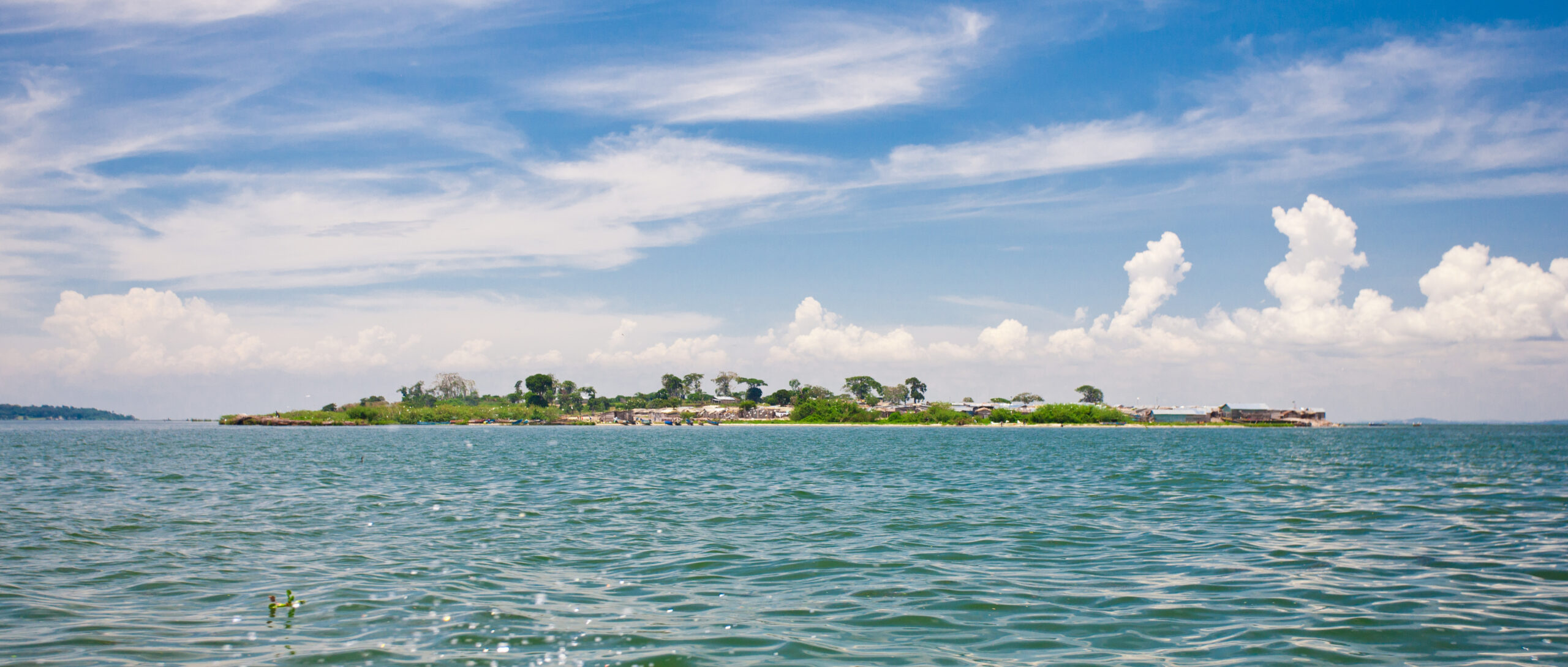
Lake Victoria is Africa’s largest lake and the second-largest freshwater lake in the world by surface area, covering 26,600 square miles. This lake is shared by Tanzania, Uganda, and Kenya, forming a crucial source of water and life for these regions. While it’s shallower than other large lakes, with a maximum depth of 272 feet, Lake Victoria is home to an extraordinary variety of fish species, including the famed Nile perch and numerous cichlids. The lake’s basin supports one of the highest biodiversity rates in freshwater environments, making it essential to local ecosystems and communities.
Lake Huron

Lake Huron, spanning 23,000 square miles, is part of North America’s Great Lakes system and the third-largest freshwater lake by surface area. It shares borders with Ontario, Canada, and Michigan, USA, boasting a maximum depth of 750 feet. Lake Huron is home to a rich ecosystem with walleye, yellow perch, and muskellunge, while its shores feature rare limestone formations. The lake includes the world’s largest freshwater island, Manitoulin Island, which supports an array of wildlife, adding to Huron’s ecological significance.
Lake Michigan
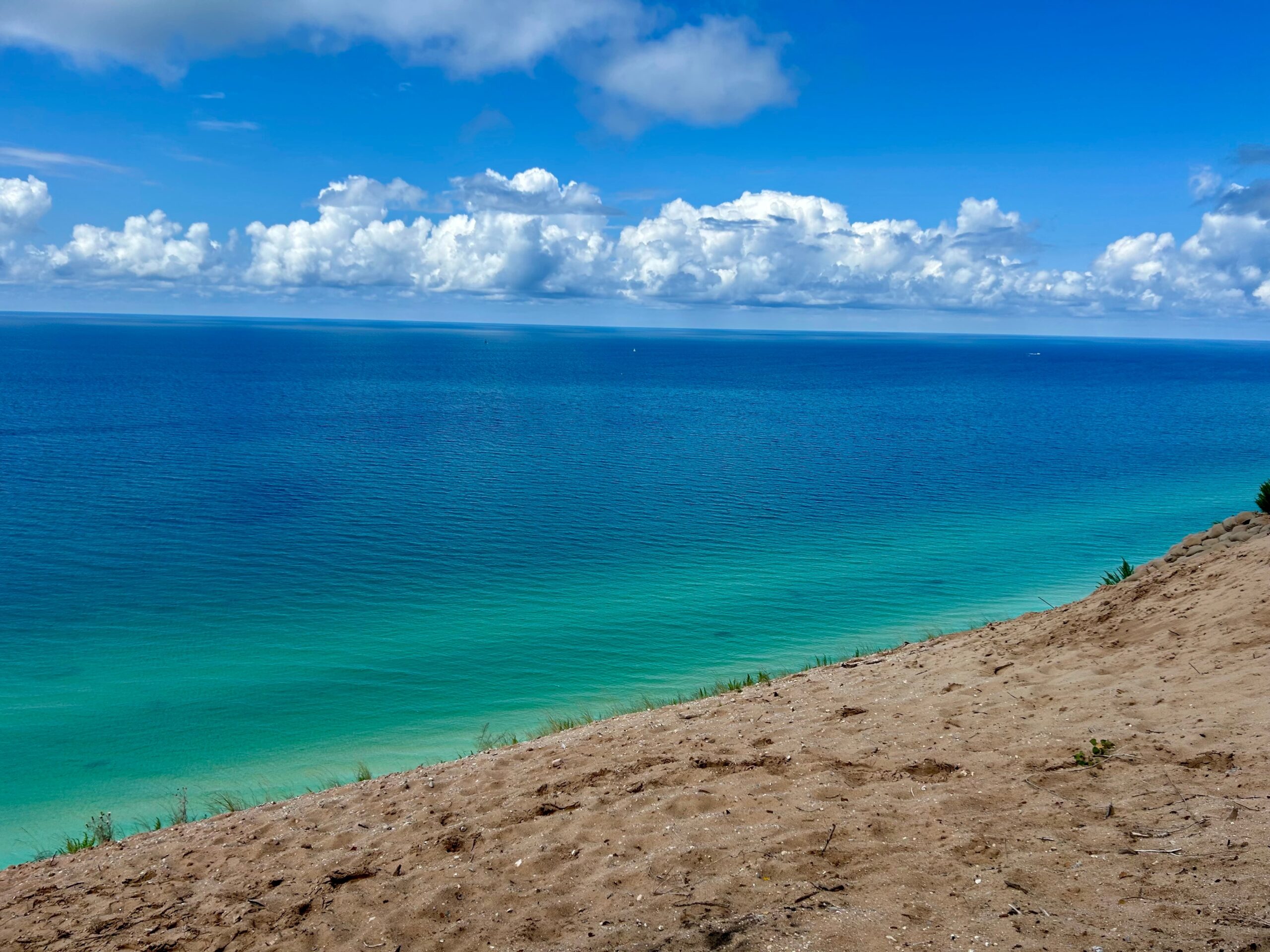
Lake Michigan covers approximately 22,400 square miles and is unique among the Great Lakes as it lies entirely within the United States. It has a maximum depth of 925 feet, making it deep enough to support a wide range of aquatic life, including lake trout, salmon, and smallmouth bass. Lake Michigan’s waters are renowned for their sand dunes and shoreline diversity, stretching across Illinois, Indiana, Wisconsin, and Michigan. Its ecosystems are essential to both wildlife and human populations, making it a key freshwater resource for the Midwest.
Lake Tanganyika
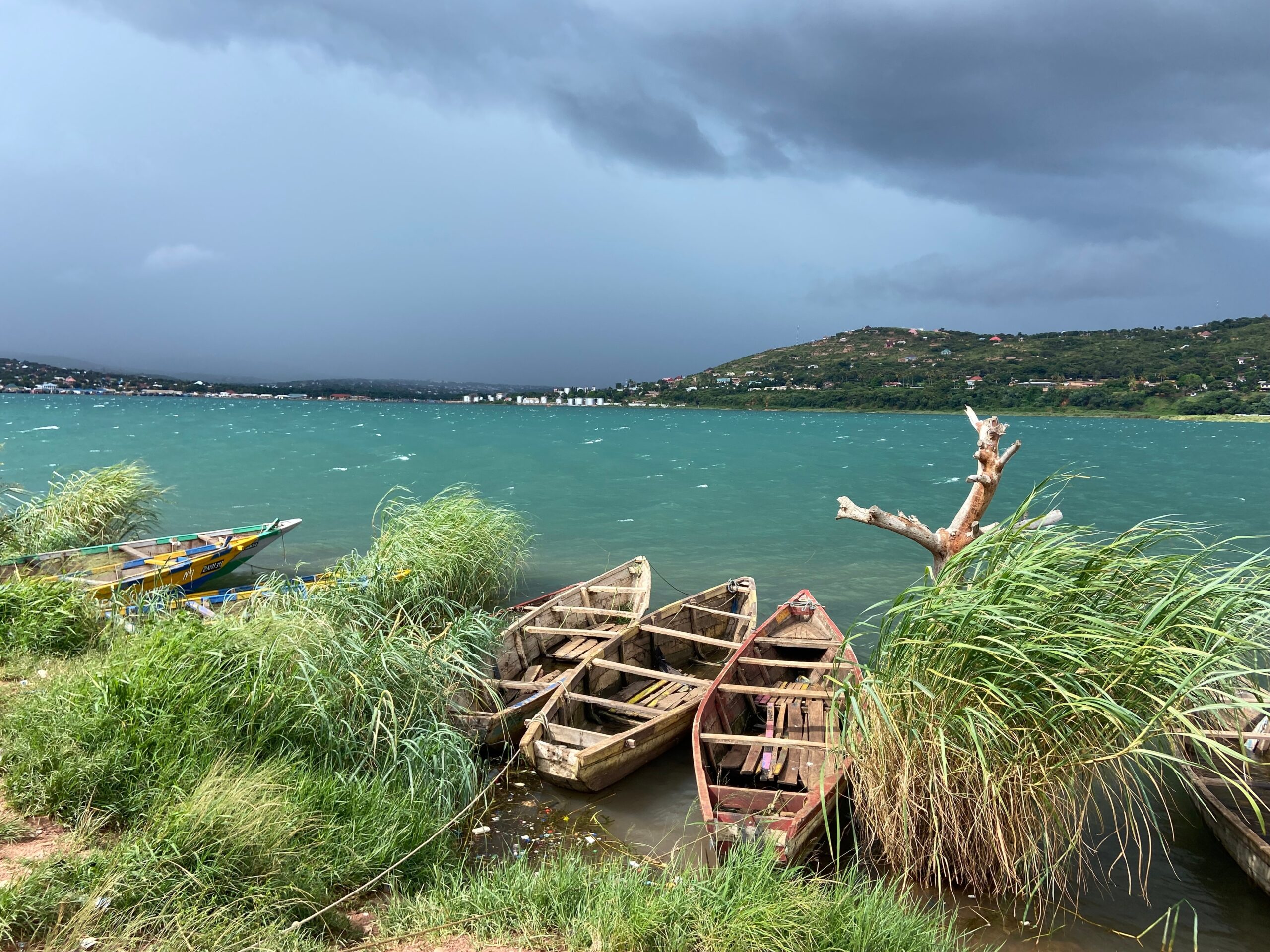
Lake Tanganyika, located in East Africa, is the world’s longest freshwater lake, stretching over 420 miles along the borders of Tanzania, the Democratic Republic of Congo, Burundi, and Zambia. Covering 12,600 square miles, it reaches a staggering depth of 4,823 feet, making it the second-deepest freshwater lake globally. This lake is known for its extraordinary biodiversity, including species such as the Tanganyika sardine and cichlid fish, which are found nowhere else. The lake’s unique rift valley location and high clarity make it a treasure of African ecology.
Lake Baikal
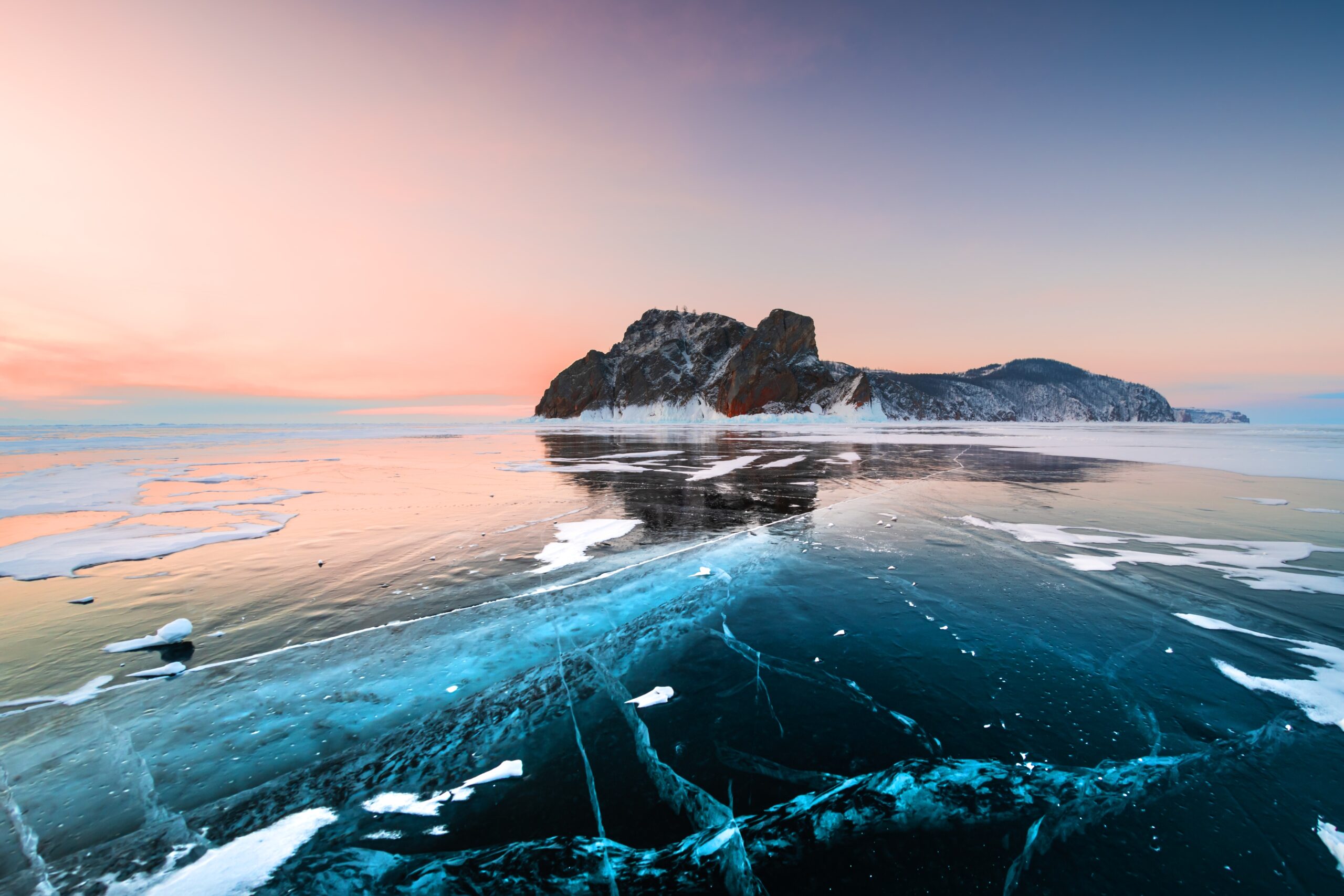
Lake Baikal in Russia is the oldest and deepest freshwater lake in the world, covering 12,248 square miles. Its maximum depth reaches an astonishing 5,387 feet, holding nearly 20% of the world’s unfrozen freshwater. Located in Siberia, Baikal’s clear waters are famous for endemic species like the Baikal seal (nerpa), which is the only freshwater seal species, and the golomyanka fish. This UNESCO World Heritage site hosts over 1,500 unique plants and animals, making it a symbol of pristine wilderness and ecological diversity.
Great Bear Lake
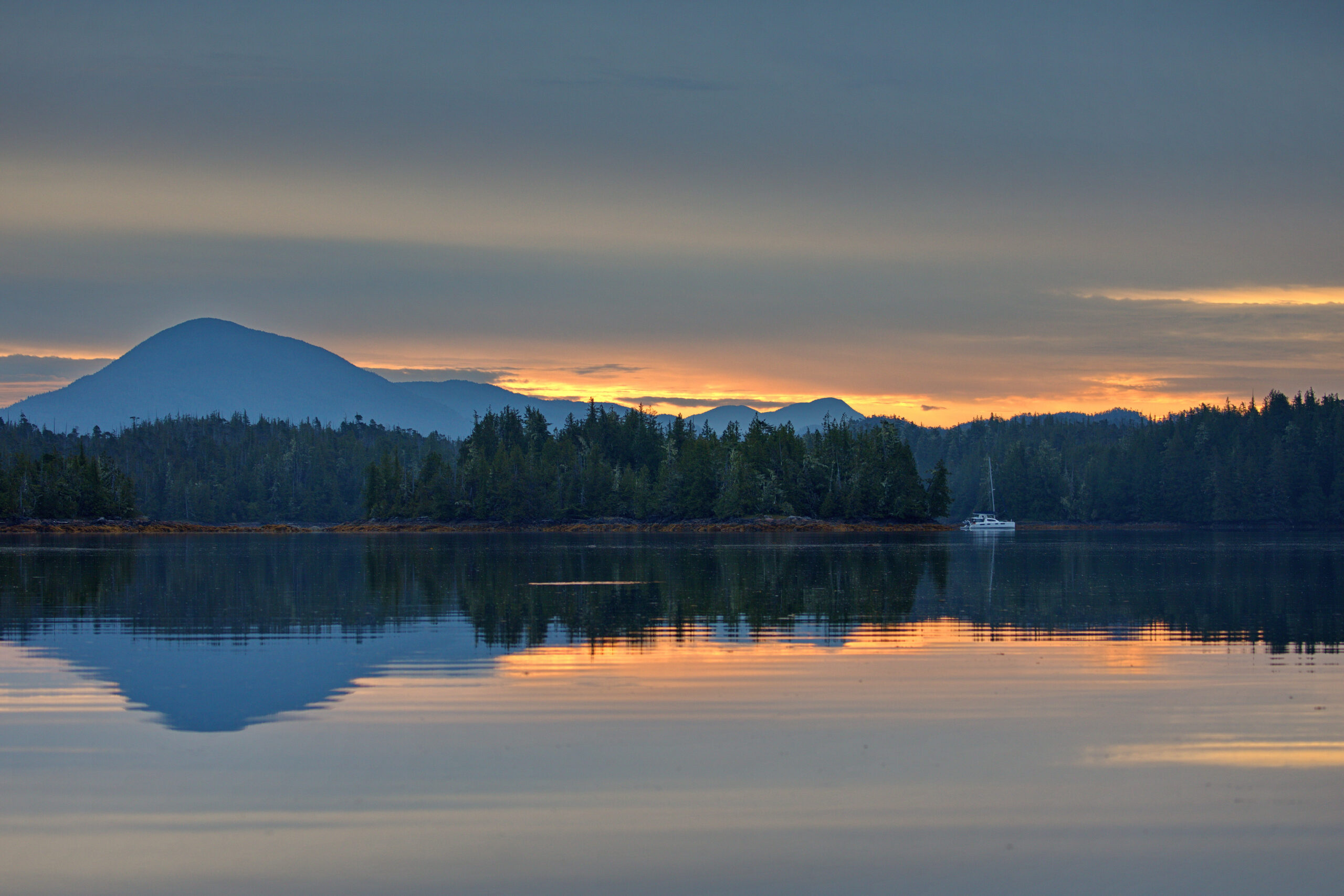
Great Bear Lake in Canada covers 12,028 square miles, making it the largest lake entirely within Canada’s borders and the fourth-largest in North America. With a maximum depth of 1,463 feet, it resides within the Northwest Territories, where icy waters support unique species like the lake trout and Arctic grayling. The lake’s remote location and cold environment preserve its pristine condition, sustaining some of the clearest and cleanest waters on the planet. Great Bear Lake is a hidden gem for those seeking an untouched wilderness experience, offering a rare ecosystem in the Northern Hemisphere.
Lake Malawi
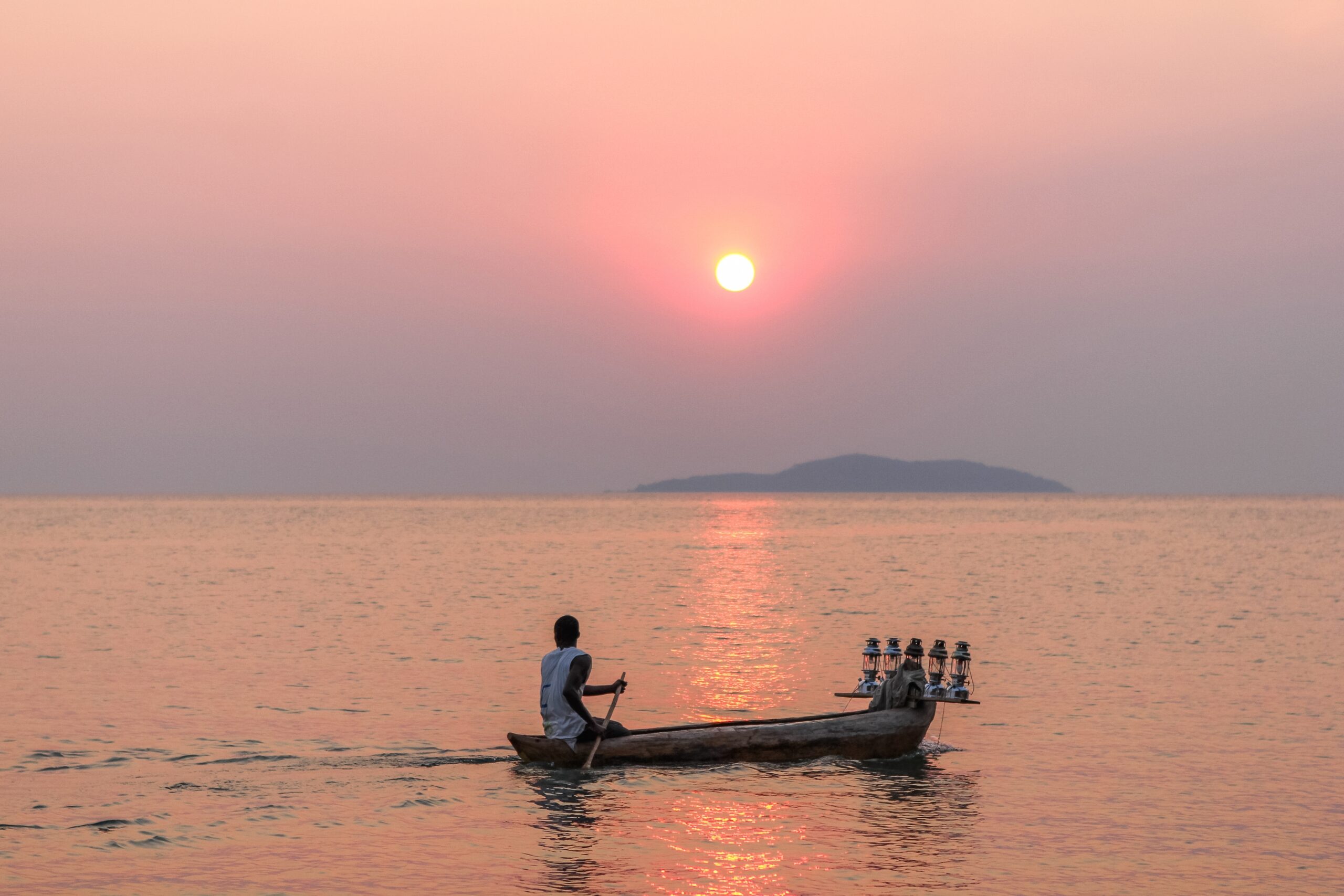
Lake Malawi, located in southeastern Africa, is one of the largest and most biodiverse freshwater lakes in the world. Covering approximately 11,400 square miles, it stretches across Malawi, Mozambique, and Tanzania. The lake reaches a depth of 2,316 feet, making it the third-deepest lake in Africa. Lake Malawi is renowned for its exceptional diversity of cichlid fish, with more than 1,000 species found nowhere else. Its waters also support Nile crocodiles and a variety of bird species along its shores. The lake’s clear waters and vibrant wildlife make it an essential ecological site and a UNESCO World Heritage location.
Great Slave Lake
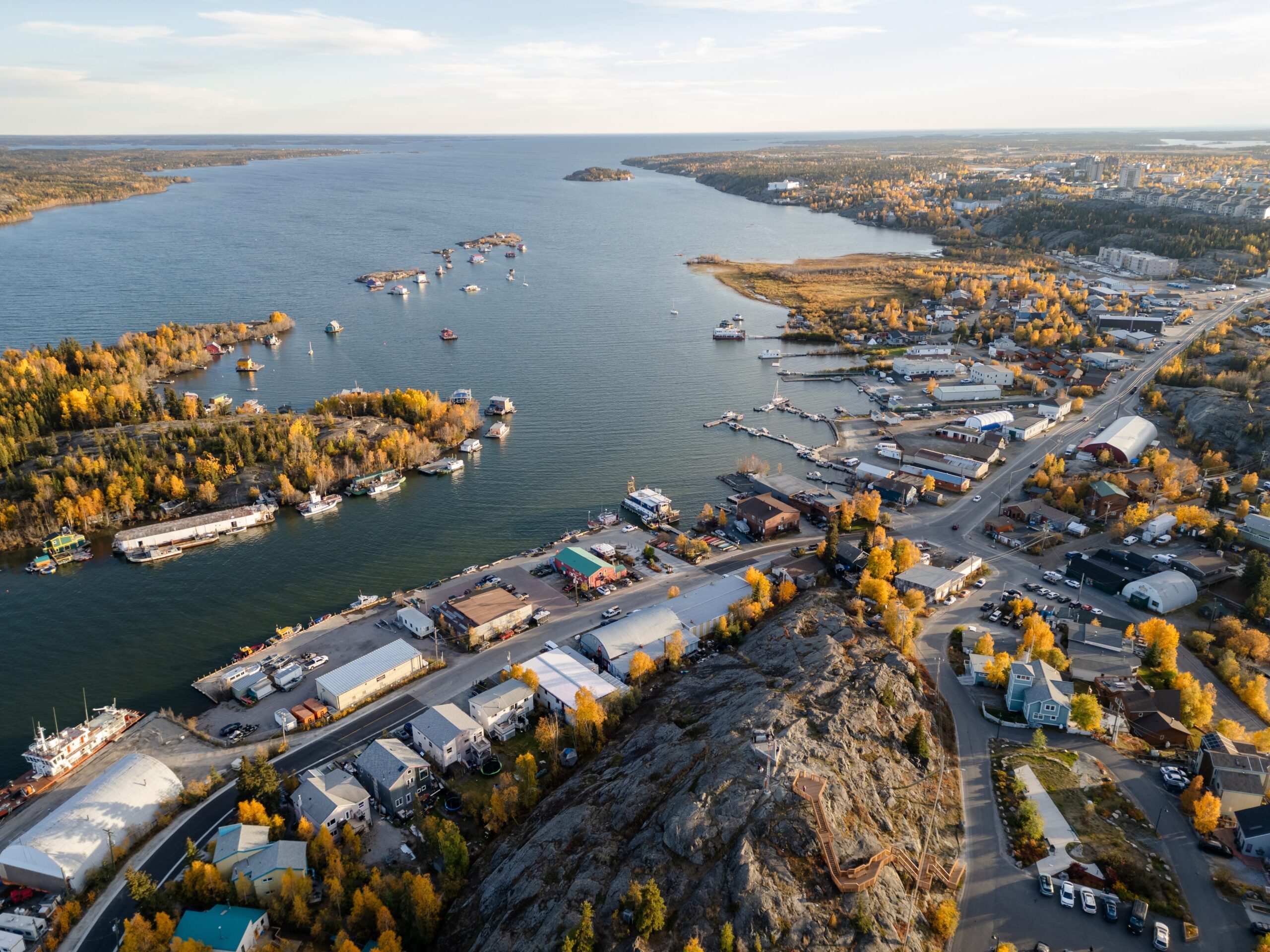
Great Slave Lake in Canada is the deepest lake in North America, reaching a maximum depth of 2,015 feet. It covers about 10,000 square miles, making it the second-largest lake entirely within Canadian borders. Located in the Northwest Territories, the lake is surrounded by boreal forests and tundra, with a frigid climate that preserves its waters. Great Slave Lake is home to lake trout, northern pike, and Arctic grayling, attracting fishing enthusiasts. The remote location and extreme cold create a pristine environment, with little human impact on its diverse ecosystem.
Lake Erie
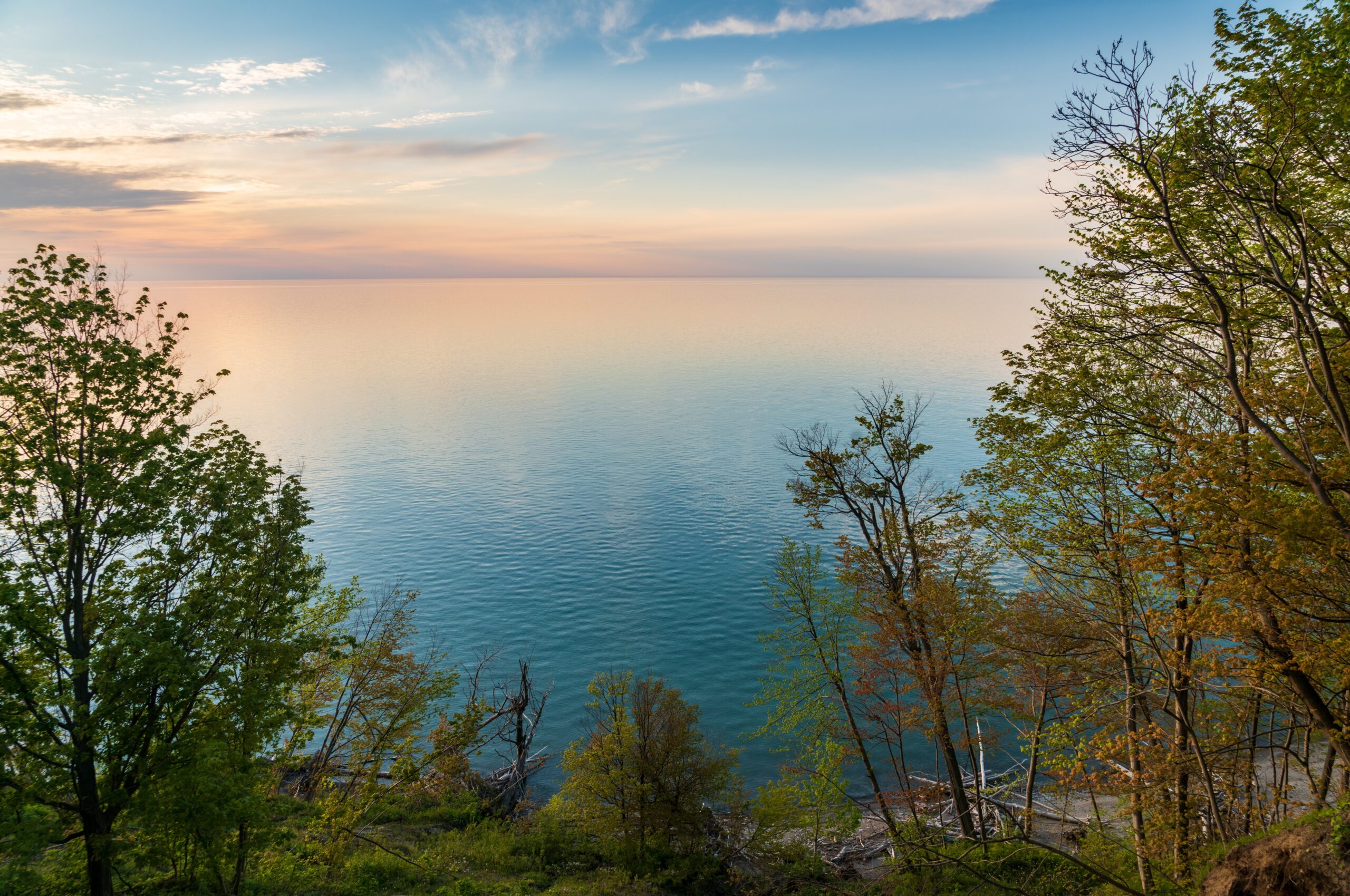
Lake Erie, one of North America’s Great Lakes, spans approximately 9,910 square miles, with a maximum depth of 210 feet. It borders the United States and Canada, touching the states of Ohio, Pennsylvania, New York, and Michigan, as well as Ontario. Lake Erie is the shallowest of the Great Lakes, which contributes to its relatively warm waters. This environment supports various fish species, including walleye, perch, and bass, making it popular for fishing. The lake’s shores are bustling with birdlife, and its wetlands host diverse plant species, adding to its ecological richness.
Lake Winnipeg
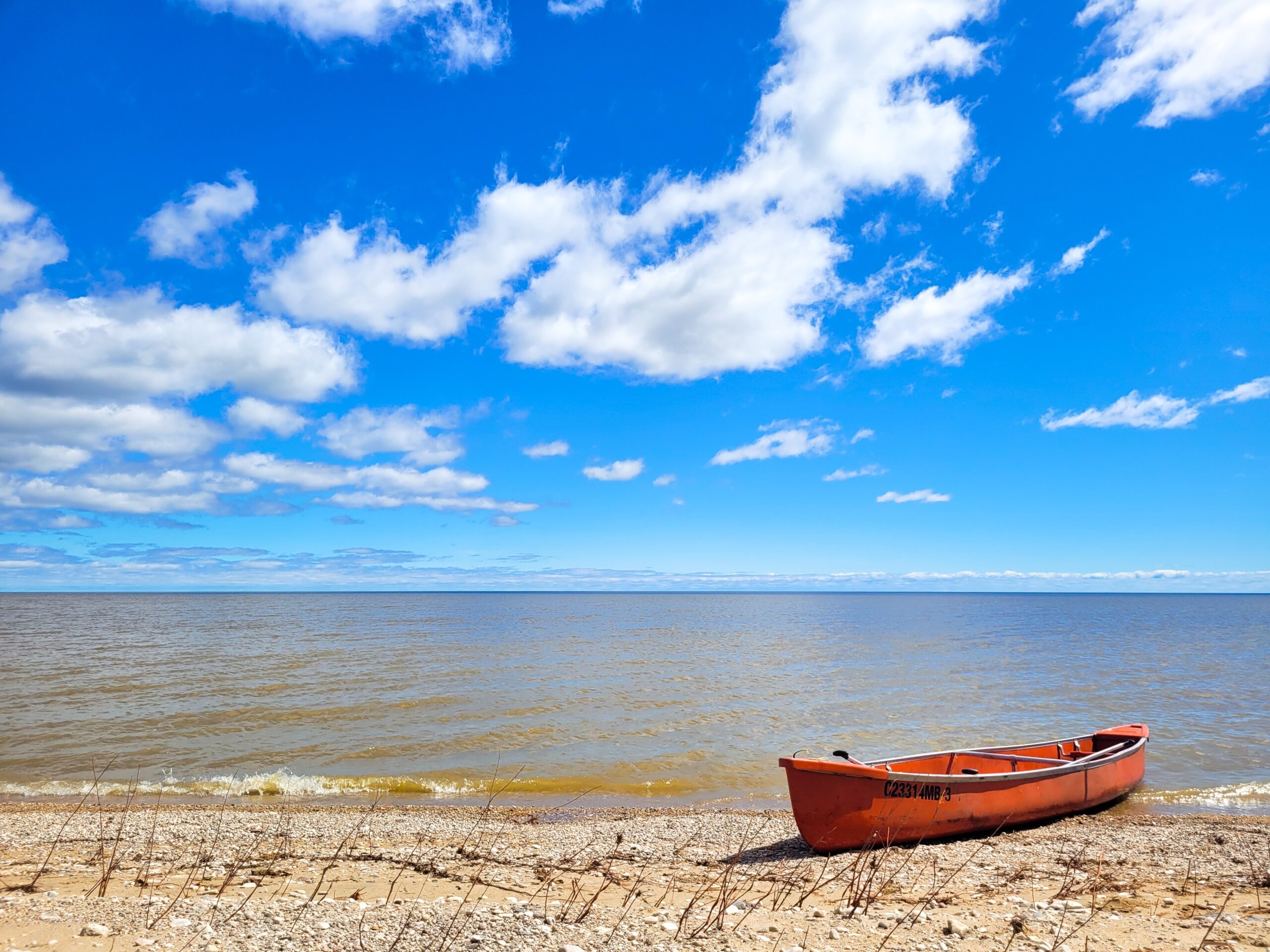
Lake Winnipeg, located in Canada’s Manitoba province, covers around 9,465 square miles. It has a maximum depth of 118 feet, making it shallower than other large lakes but expansive in surface area. This lake is fed by several rivers and is a critical water source for the region. Lake Winnipeg is known for its commercial fishery, especially walleye and sauger, and is a popular destination for birdwatching due to its surrounding wetlands. The lake faces environmental challenges, including algae blooms, but remains a vital ecosystem for Canada’s prairies.
Lake Ontario
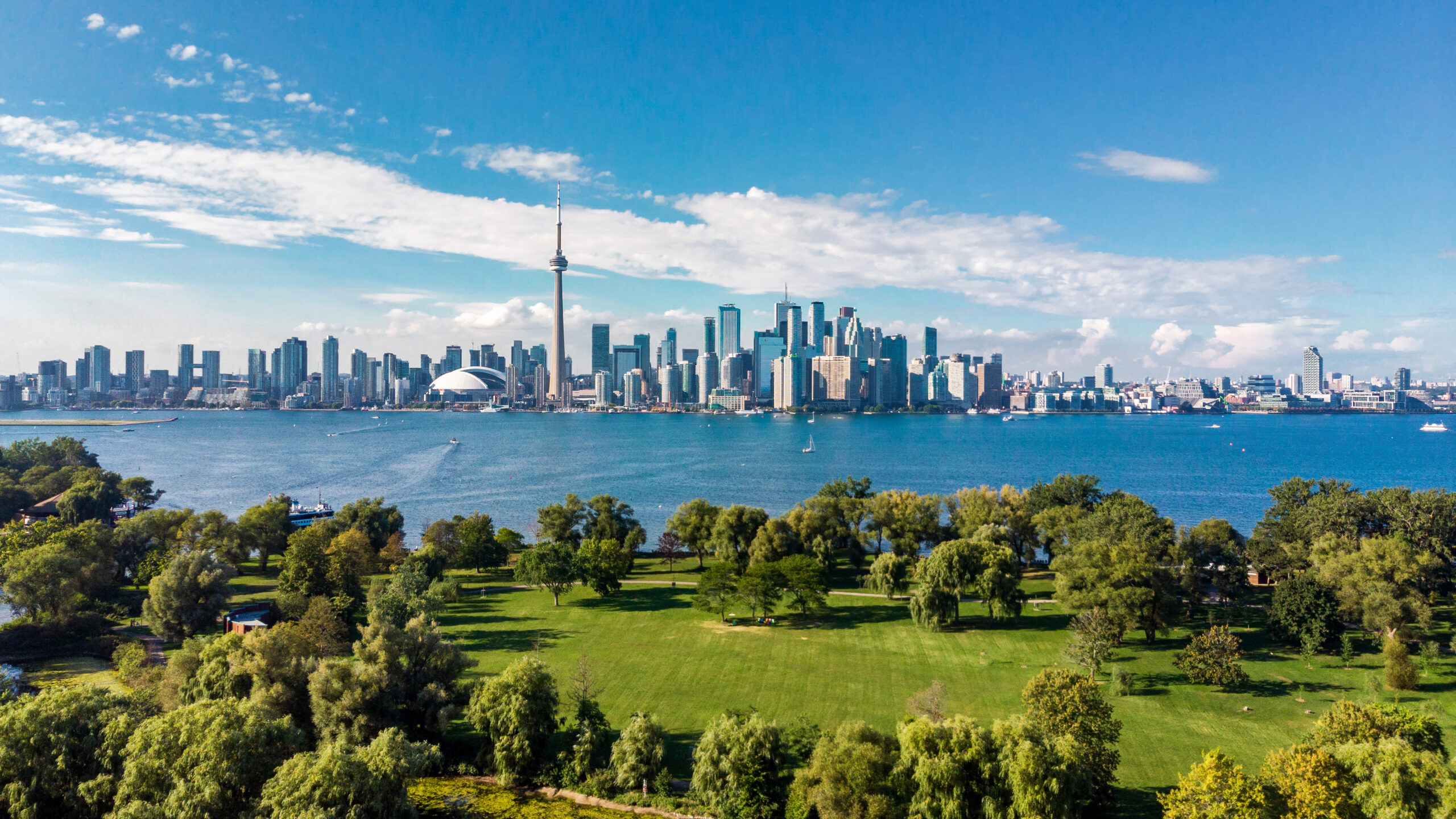
Lake Ontario, the smallest of North America’s Great Lakes by surface area, spans about 7,340 square miles and reaches a maximum depth of 802 feet. This lake sits on the U.S.-Canada border, connecting to the Atlantic Ocean via the Saint Lawrence River. Lake Ontario hosts a rich ecosystem with trout, salmon, and numerous migratory bird species along its shores. Its waters and surrounding wetlands support diverse wildlife, although urban development impacts its ecology. The lake remains an essential natural resource for the northeastern region of North America.
Lake Ladoga
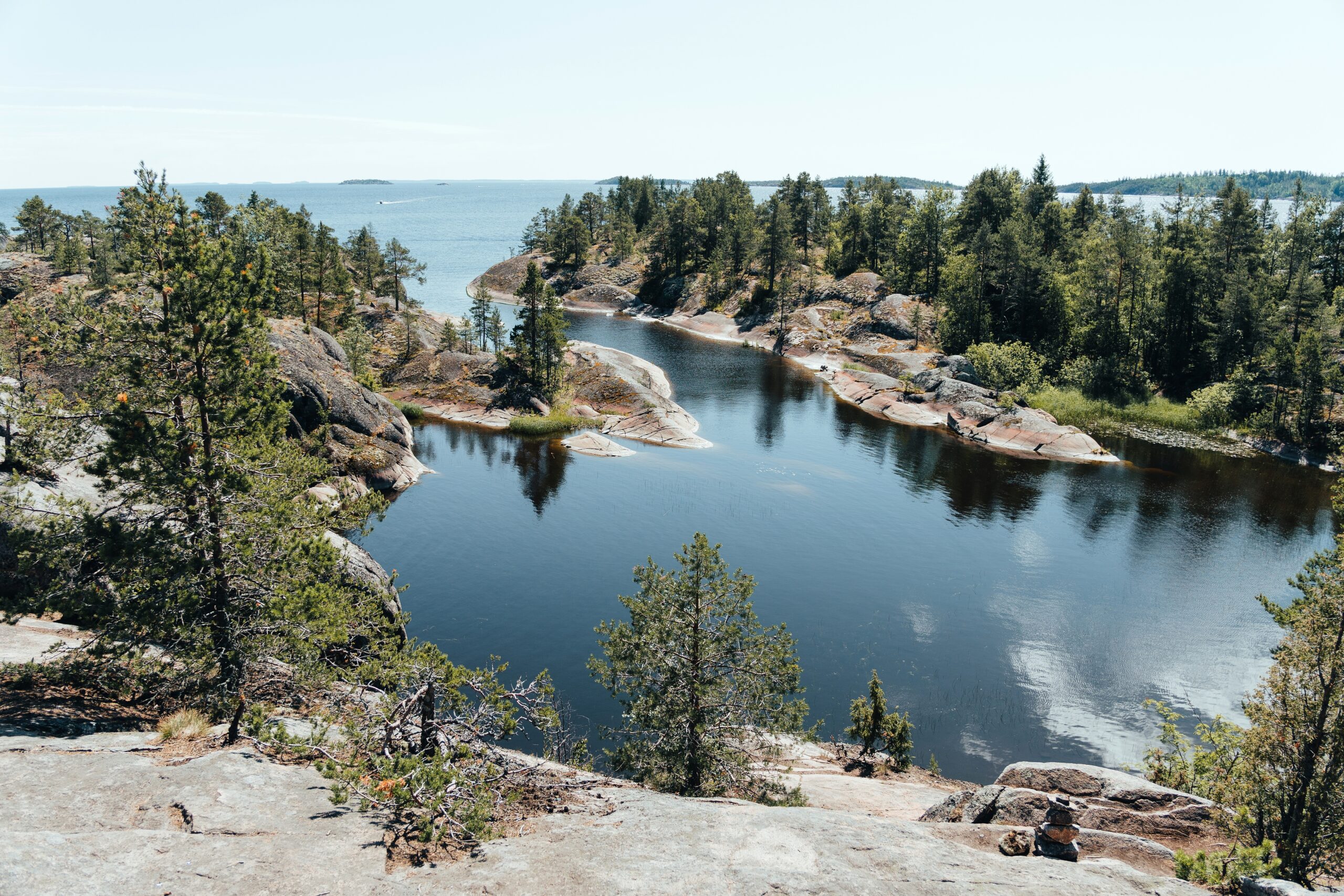
Lake Ladoga, located in northwestern Russia near St. Petersburg, is Europe’s largest freshwater lake, covering roughly 6,834 square miles. Its maximum depth reaches about 755 feet, and it contains several islands, adding to its scenic beauty. The lake supports a wide variety of fish, including trout, whitefish, and smelt, and is home to the unique Ladoga seal. This seal is one of the few freshwater seal species in the world, adapted to the cold lake environment. Lake Ladoga’s vast size and diverse ecosystem make it a natural landmark in Russia.
Lake Balkhash
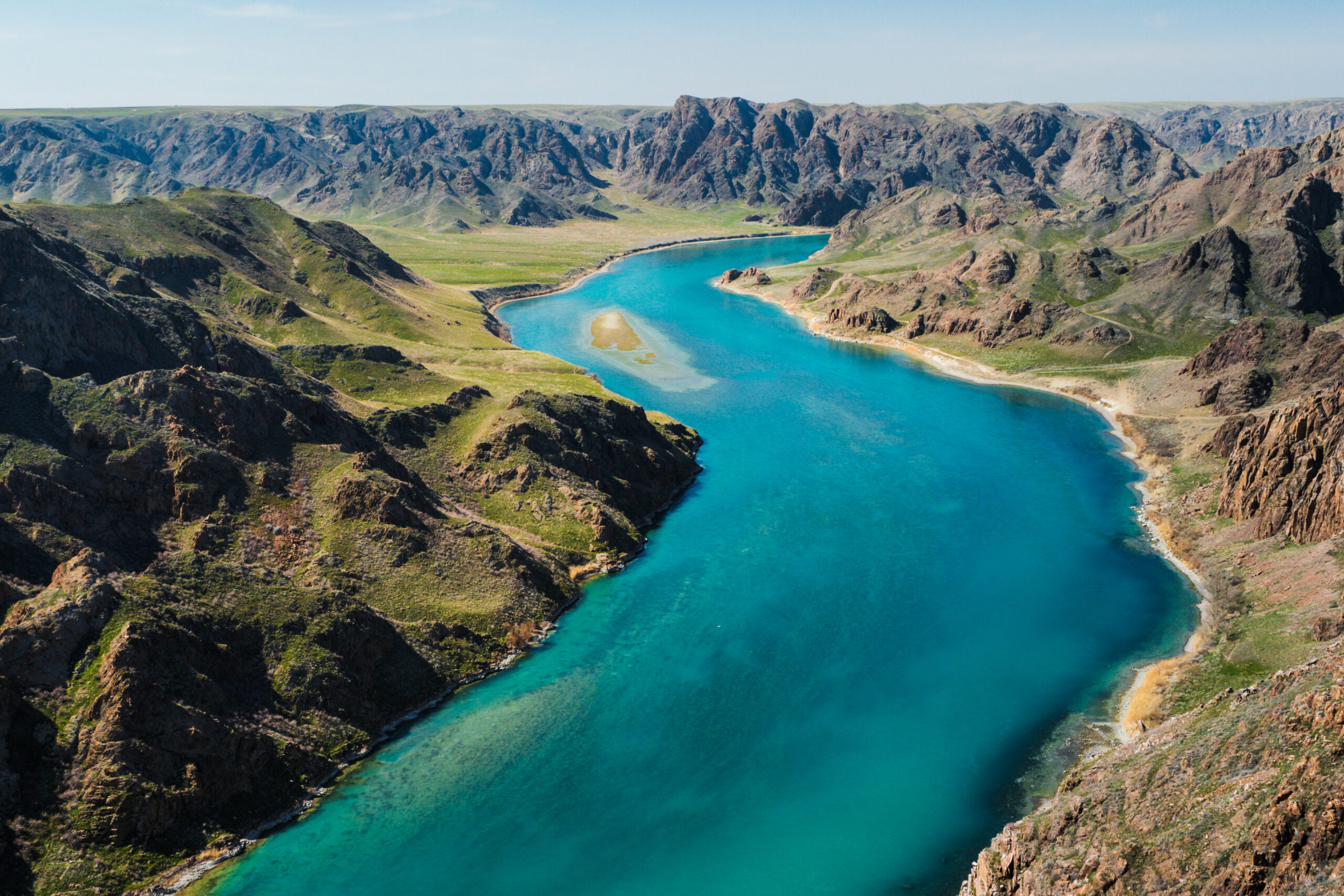
Lake Balkhash in Kazakhstan is one of Asia’s largest lakes, covering about 6,332 square miles. It has a unique structure, with half of its water being fresh and the other half saline, separated by a narrow strait. The lake’s maximum depth is approximately 85 feet, making it relatively shallow compared to others. Lake Balkhash supports various fish species, including carp and pike, and is a vital water source for the region. Its unique composition and the surrounding steppe habitat support a range of bird species, making it a significant ecological site in Central Asia.
Lake Vostok
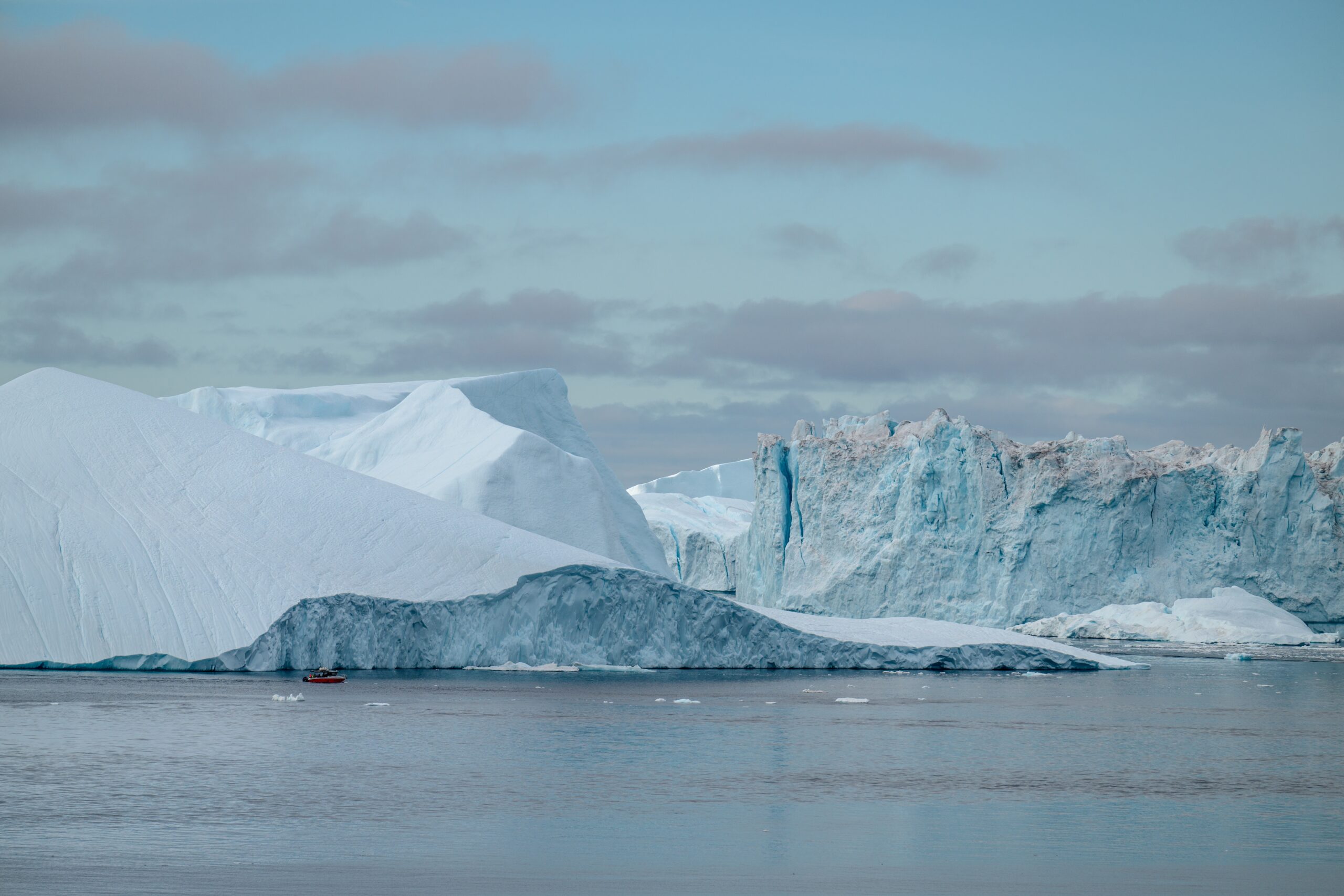
Lake Vostok, located in Antarctica beneath the ice, is one of the world’s most mysterious freshwater lakes, spanning roughly 4,830 square miles. It sits under nearly 2.5 miles of ice, making it one of the most isolated lakes on Earth. The lake’s maximum depth is estimated at around 2,950 feet, although much remains unknown due to its location. Scientists believe that Lake Vostok may contain ancient microbial life, adapted to its unique environment. The lake’s remote and pristine nature makes it an invaluable site for studying life in extreme conditions and understanding Antarctica’s hidden ecosystems.
This article originally appeared on Rarest.org.
More from Rarest.org
22 Lesser-Known Vintage Cars That Have Become Surprisingly Valuable

Some vintage cars, once overlooked, have soared in value over the years, surprising collectors and enthusiasts alike. Read More.
12 Rare Natural Phenomena That Defy Scientific Explanation
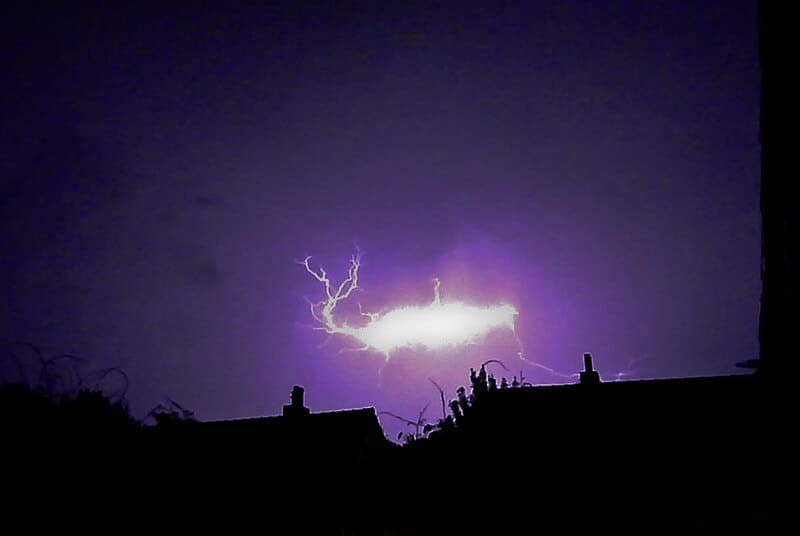
Nature is full of surprises, from familiar landscapes to the sky’s endless wonders. Read More.
11 Rare Reptiles Struggling to Survive in Fragmented Habitats

Fragmented habitats pose serious challenges for some of the world’s rarest reptiles. Read More.
